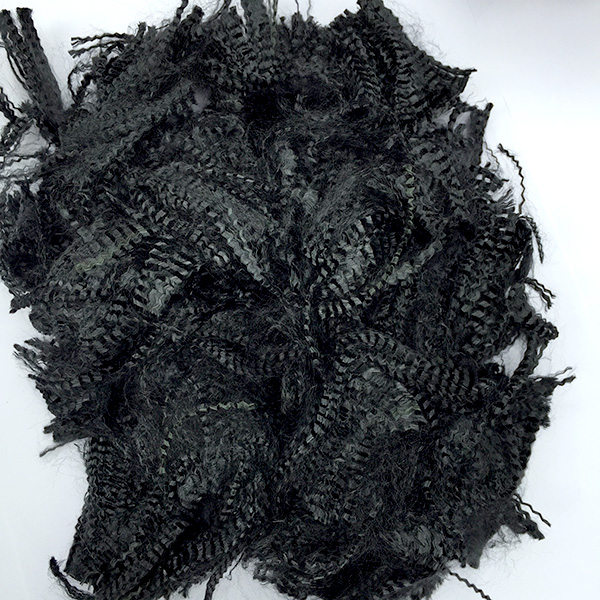Contact: Allen zhang
Mobile: +8618657301314
Tel: +86-573-88236564
QQ: 307160103
Email: allen@aramid.biz
Address: Tongyuan Road, Tongfu Industrial Park, Tongxiang City, Zhejiang Province
Website:en.surefrp.com
Application of aramid fiber:
1. Advanced composite materials:
(1) Aerospace field;
(2) Applications in ships;
(3) Automotive industry.
2, bulletproof products:
(1) Hard bulletproof armor plate;
(2) Soft bulletproof vest.
3, cable applications
4. Infrastructure and building materials:
(1) aramid reinforced concrete;
(2) Aramid reinforced wood.
5, applied to the conveyor belt
6, applied to special protective clothing
7, the application of sports equipment
8, the application of electronic equipment

There are two broad categories of aramid fibers: wholly aromatic polyamide fibers and heterocyclic aramid fibers. The wholly aromatic polyamide fiber mainly comprises a para-polyphenylene terephthalamide and a poly-p-benzamide fiber, a meta-poly-m-phenylene isophthalamide and a poly-m-benzamide fiber, Copolymer aramid fibers and other aramid fibers such as those incorporating a pendant group, a giant pendant group. The heterocyclic aramid fiber is an aramid short fiber obtained by polycondensation of a diamine and a diacid chloride containing an impurity atom such as nitrogen, oxygen or sulfur, such as a heterocyclic polyamide fiber having an ordered structure.
1. Poly(p-phenylene terephthalamide) (PPTA) fiber PPTA fiber is a kind of aramid fiber which is widely used in composite materials. China piloted the fiber in the mid-1980s and named it aramid 1414 (aramid II). Aramid fiber has excellent mechanical, chemical, thermal and electrical properties. PPTA fiber has high tensile strength, high tensile modulus, low density, excellent energy absorption and excellent mechanical and dynamic properties such as shock absorption, abrasion resistance, impact resistance, fatigue resistance and dimensional stability; good chemical resistance High thermal resistance, low expansion, low thermal conductivity, non-combustible, non-melting and other outstanding thermal properties as well as excellent dielectric properties.
2, poly-p-benzamide (PBA) fiber
China tried to produce this fiber in the early 1980s and named it aramid 14 (aramid I). The tensile strength of aramid I is about 20% lower than that of aramid II, but the tensile modulus is more than 50% higher. Aramid I has good heat aging properties, and these properties are very advantageous as reinforcing agents for certain composite materials.
3, aramid copolymer fiber
The synthesis of new aramids with new diamines or third monomers is an important way to improve the properties of aramid fibers.
(1) Para-aramid copolymer fiber which is a solvent such as terephthaloyl chloride and p-phenylenediamine and a third monomer 3,4'-diaminodiphenyl ether in N,N'-dimethylacetamide Medium and low temperature polycondensation. Various products obtained by wet spinning and post-treatment directly after the copolymer solution is neutralized.
(2) Polypara-aramid benzimidazole fibers are generally considered to be a ternary polyaramid system which is obtained by introducing a p-phenylene benzimidazole heterocyclic diamine on the basis of the original PPTA and polycondensed at a low temperature. It is then stretched by high temperature heat.
Contact: Allen zhang
Mobile: +8618657301314
Tel: +86-573-88236564
QQ: 307160103
Address: Tongyuan Road, Tongfu Industrial Park, Tongxiang City, Zhejiang Province
Website:en.surefrp.com

